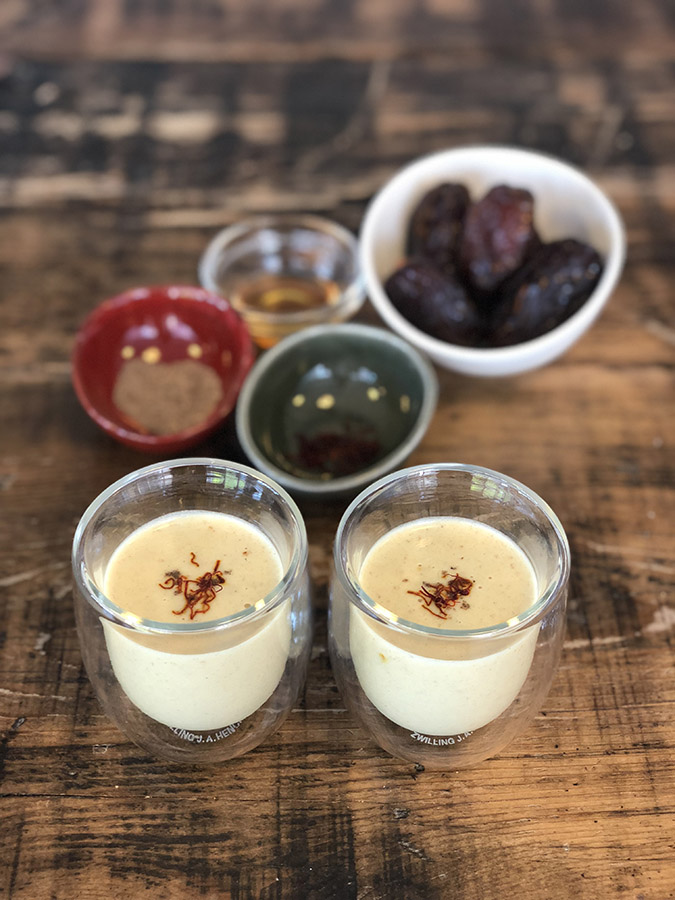Ayurveda and yoga are sister sciences and practices, both originating from the Vedic culture in ancient India. The practice of one enhances the other.
The word “yoga” translates to union. Yoga is a practice that brings union or balance to the body, primarily through the postures that we are familiar with in yoga classes. Yoga also brings balance to the mind and body. After the practice of yoga, we feel more integrated, more coherent, clearer, stronger and healthier. What is going on? It is as if we are doing inner exercise, moving blood internally to nourish the internal organs and systems of the body. When we do a set of postures, the whole body is affected, which in turn calms and integrates the mind. A calm mind and healthy, energetic body reflects a settled and expanded state of consciousness, and this is the basis of successful and efficient action and happiness in life.
We know that food also affects our moods and general health. Ayurveda has taught us that by balancing our diet we can maintain balance in our body, in our physical functioning. According to Ayurveda, it is essential to eat daily from all the six tastes: sweet, sour, salty, bitter, astringent and pungent. Each taste performs a unique energy efficiency upon the body that is vital for body functioning.
In a nutshell, sweet taste is the building block of bodily tissue; it is found in energy-giving foods such as grains, fruits, sweeteners and animal protein. Sour taste strengthens digestion and our microbiome; it is primarily found in fermented foods. Salty taste is an essential macronutrient that balances and maintains our body fluids. Bitter is medicinal and a natural antibiotic. This is the lesson in eating your bitter greens. Astringent, which we find in legumes and vegetables, are drying, contracting and healing. We have known about the benefits of a plant-based diet for some time now. Pungent is the fuel for the body, increasing metabolism, improving circulation and allowing for waste material to discharge from the body more effectively. This is the power of spices and herbs in our diet. In Ayurveda, it should be understood, that pungent does not refer to heat. Strive to get all these tastes everyday.
Eating a well-balanced diet, according to the Ayurvedic principles, naturally brings balance to the mind and body and will only make your yoga practice more effective and in tune with the goal of yoga, which is union, health, wholeness – all really one concept.

Ingredients
- 8 cups cashew milk
- 9 medjool dates
- 1 teaspoon ground cardamom
- 7 threads saffron
- 2 teaspoons honey
Directions
- In a blender, blend cashew milk with dates.
- Transfer milk to pot and add cardamom and saffron. Simmer for a few minutes until the saffron dissolves. Add honey, to taste.
Cashew Milk
Yields 4 cups
Ingredients
- 3 cups water
- 1 1/2 cups raw cashews
Directions
- In a pot, bring water to boil and pour over cashews. Let the cashews sit for 20–30 minutes.
- Put cashew and water in a Vitamix and process thoroughly until liquefied.
Learn more about Ayurveda and health-supportive cooking in ICE's Health-Supportive Culinary Arts career program or a recreational class with Chef Rich.



 Nutritive Elixir
Nutritive Elixir